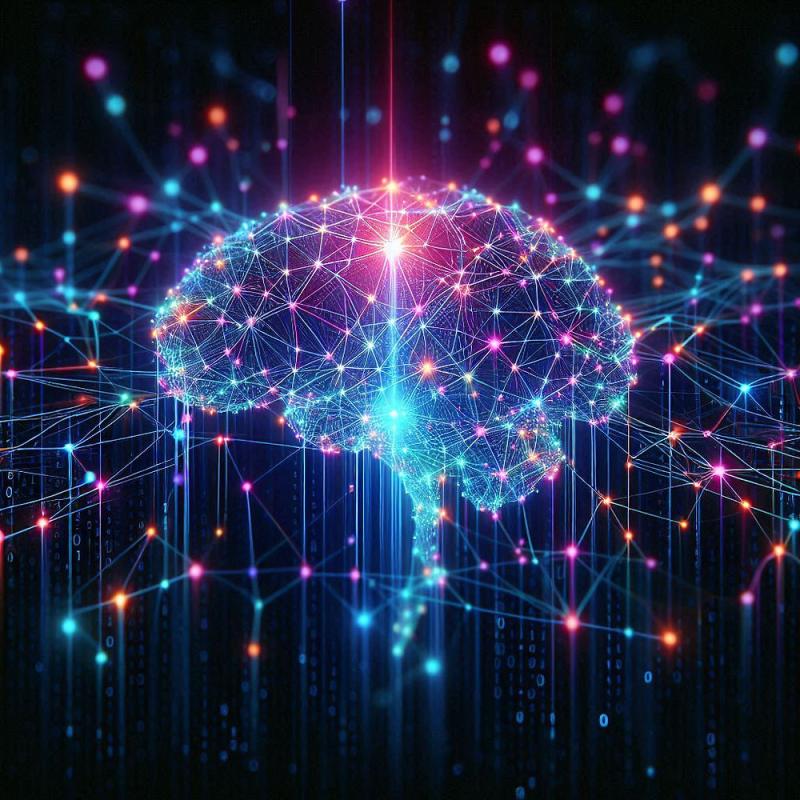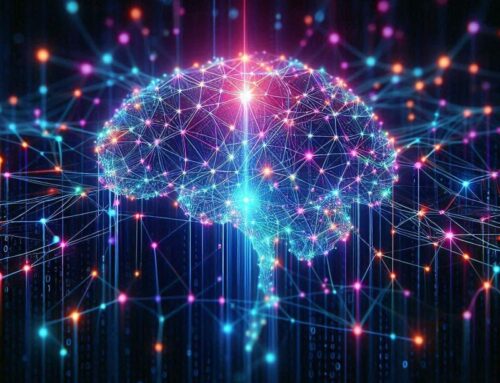Author: Fred Agyemang
Introduction
Artificial Intelligence (AI) is reshaping cybersecurity. It offers unprecedented opportunities while introducing new challenges. As cyber threats become more sophisticated, AI strengthens security defenses. However, cybercriminals also use AI to launch more advanced attacks. Understanding both the benefits and risks of AI in cybersecurity is crucial for organizations seeking to leverage its potential effectively.
Opportunities: Enhancing Cybersecurity with AI
AI-powered tools revolutionize real-time threat detection. Traditional security systems rely on predefined signatures to identify known attacks. However, these systems fail to address emerging threats like zero-day vulnerabilities. By using machine learning (ML), AI analyzes vast amounts of data to detect unusual patterns that may indicate potential threats. This allows early intervention, preventing damage before it occurs.
AI also streamlines security operations by automating routine tasks. Security analysts can rely on AI to process large data volumes, prioritize alerts, and manage tasks like patch management and access control. This efficiency saves time and empowers teams to focus on more strategic and complex issues.
AI excels at monitoring user behavior to identify deviations that may signal insider threats or compromised credentials. It establishes a baseline for normal user activity and flags suspicious behavior. Unusual login times or unexpected device usage may indicate unauthorized access, and AI can prevent such threats.
Phishing attacks are a common method used by cybercriminals to gain access to sensitive information. AI detects these threats by analyzing email patterns, domain authenticity, and linguistic cues. It can identify phishing attempts with remarkable accuracy, protecting users from falling victim to these scams.
Unlike static security measures, AI-powered systems evolve as they learn from new threats. This continuous learning ensures that AI can adjust security protocols and remain effective against emerging attack techniques.
Quantum Computing and AI: Enhancing Cybersecurity
Quantum computing adds a new dimension to cybersecurity. With immense computational power, quantum computing can enhance AI’s ability to process complex data and predict cyberattacks more quickly and accurately. Quantum algorithms can accelerate AI models’ learning process, improving threat detection and real-time response strategies.
Quantum cryptography also strengthens AI-powered security systems by creating virtually unbreakable encryption. This ensures data protection in an era when traditional encryption is vulnerable to quantum attacks.
Combating Misinformation with AI
AI plays a key role in combating disinformation and fake content on social media platforms. AI-powered tools scan massive amounts of content in real-time to detect misinformation, fake news, and malicious content like deep fakes. By analyzing patterns in text, images, and videos, AI flags suspicious material before it spreads. This helps mitigate the impact of digital deception on public opinion and security.
Risks: AI as a Cyber Threat Vector
AI tools can also become weapons in the hands of cybercriminals. For example, AI-driven malware can evolve to evade detection, while AI-powered phishing campaigns target specific individuals through social engineering tactics.
AI systems depend on the data they are trained on. If the data is biased or incomplete, AI-driven security tools may produce false positives or miss critical threats. Inaccurate AI systems waste resources and can leave organizations vulnerable to attacks.
AI’s effectiveness also raises privacy concerns. To safeguard sensitive data, AI tools must comply with regulations like GDPR and CCPA. Organizations need to protect their data from unauthorized access and misuse.
Cyber attackers manipulate AI systems through adversarial machine learning. They feed deceptive data into AI models to trick them into misidentifying threats or ignoring malicious activity. This manipulation bypasses security measures and puts organizations at risk.
Although AI enhances cybersecurity, over-reliance on automation without human oversight can be risky. AI lacks the intuition and nuanced understanding that human experts provide during complex security incidents. A hybrid approach, where AI supports human decision-making, is essential for effective cybersecurity management.
The Impact of Quantum Computing on AI Security
The rise of quantum computing introduces additional risks. While quantum technologies strengthen AI-based encryption systems, they also threaten traditional cryptographic measures. Quantum computing could break current encryption methods used to protect sensitive data, exposing organizations to data breaches.
Cybercriminals could also use quantum-powered AI to create more sophisticated and harder-to-detect attacks. These developments make cybersecurity even more challenging.
Deep Fakes and AI: A Growing Threat
AI-driven technologies also contribute to the rise of deep fakes, which can have serious consequences for individuals and organizations. Malicious actors use AI to create hyper-realistic videos or audio clips that spread misinformation, disrupt reputations, and manipulate public opinion. Deep fakes can sway elections, damage corporate reputations, or facilitate scams.
As deep fake technology becomes more accessible, AI’s potential to amplify such threats grows. It will become harder to distinguish fact from fiction in the digital world.
AI and Social Media: Opportunities and Challenges
AI’s role in social media platforms is both beneficial and problematic. On one hand, AI can help identify and remove harmful content like hate speech, bots, and misinformation. On the other hand, cybercriminals exploit AI to target specific demographics with tailored disinformation campaigns.
By analyzing user behavior and preferences, malicious actors craft highly convincing fake news and persuasive posts. This manipulation sways elections or distorts public opinion. The challenge is finding a balance between using AI to protect against these threats and respecting privacy rights.
Striking the Right Balance
AI is transforming cybersecurity with powerful tools that detect and respond to threats. However, these advancements come with risks that must be carefully managed. The key to effective cybersecurity lies in a balanced approach that combines AI’s power with human expertise. This approach maximizes effectiveness and minimizes vulnerabilities.
As AI evolves, cybersecurity professionals must stay ahead of emerging threats by adopting AI responsibly. They must ensure transparency in AI models and proactively address new challenges. The future of cybersecurity will depend on how well AI is integrated into defense strategies and how effectively organizations counter AI-driven attacks.
Conclusion
AI is here to stay. How we choose to harness it will determine whether it becomes a protector or a danger. As quantum computing advances, organizations must prepare for the dual challenge of using quantum encryption for stronger security while defending against its potential to undermine current AI-based defenses. Additionally, the spread of misinformation and the rise of deep fakes will require careful technological and ethical considerations. Striking the right balance is crucial to ensuring AI serves society while protecting individual freedoms.





